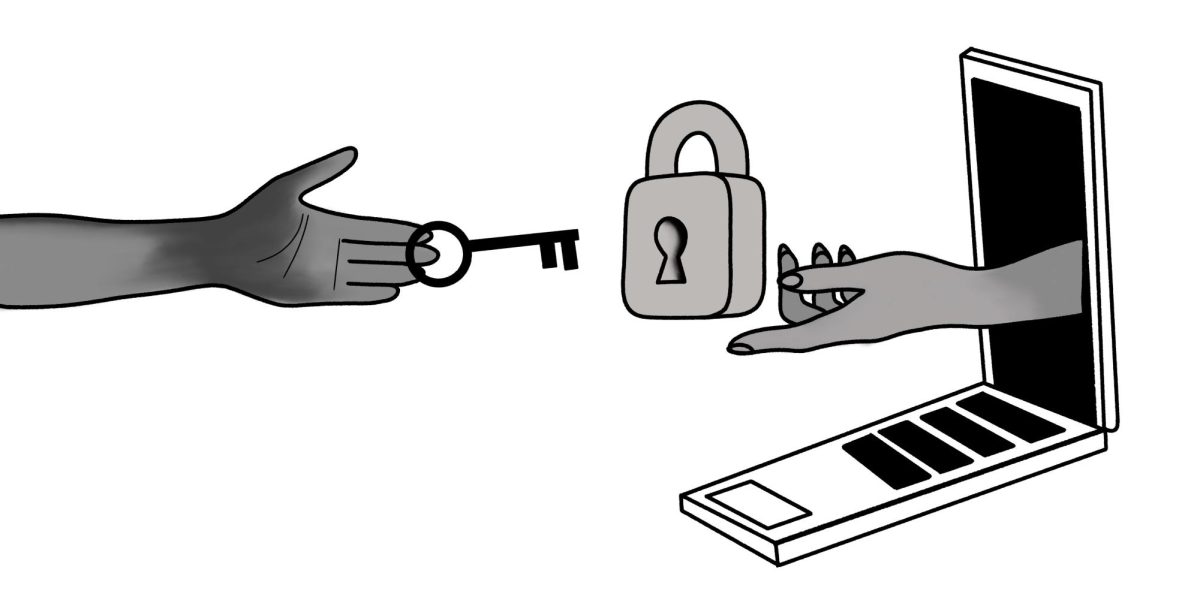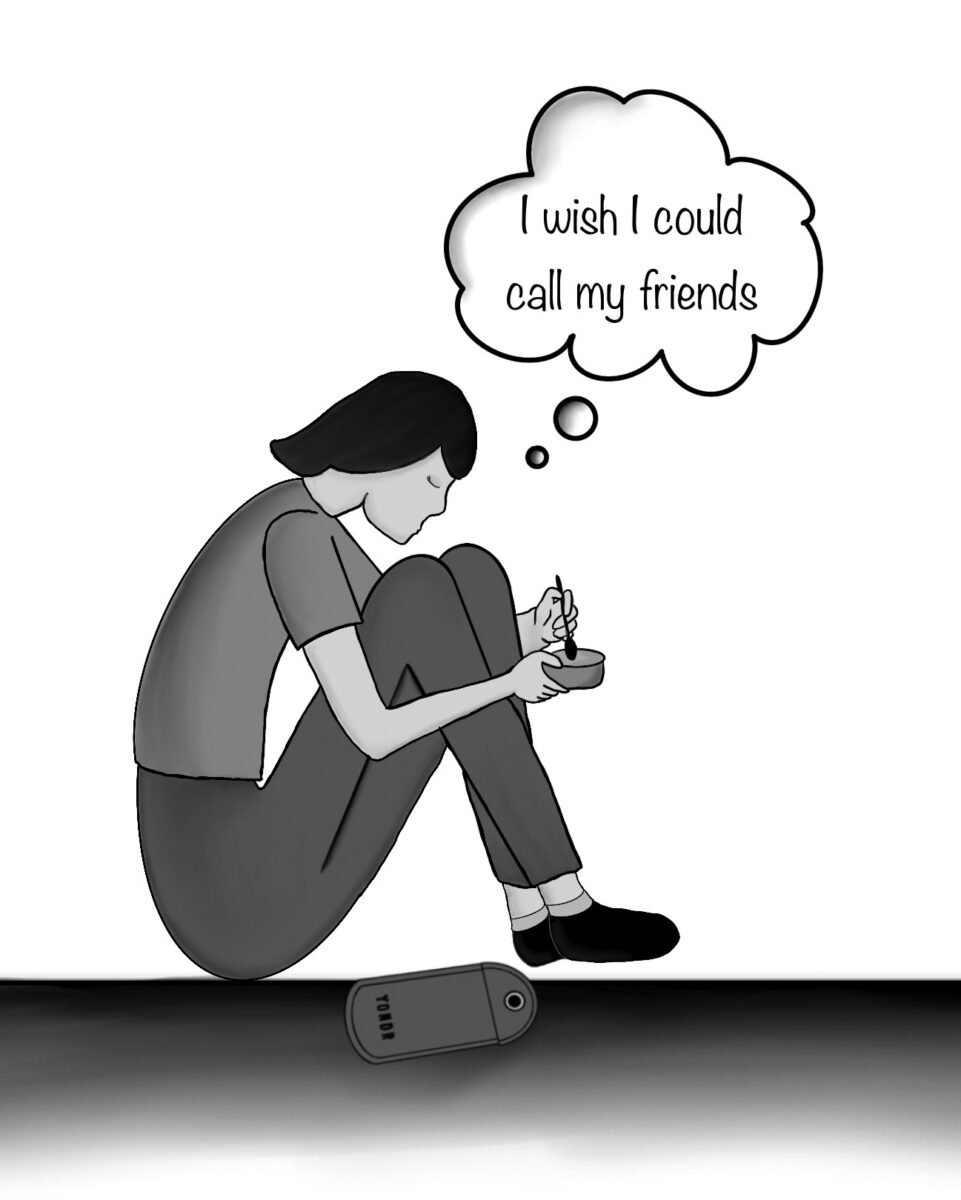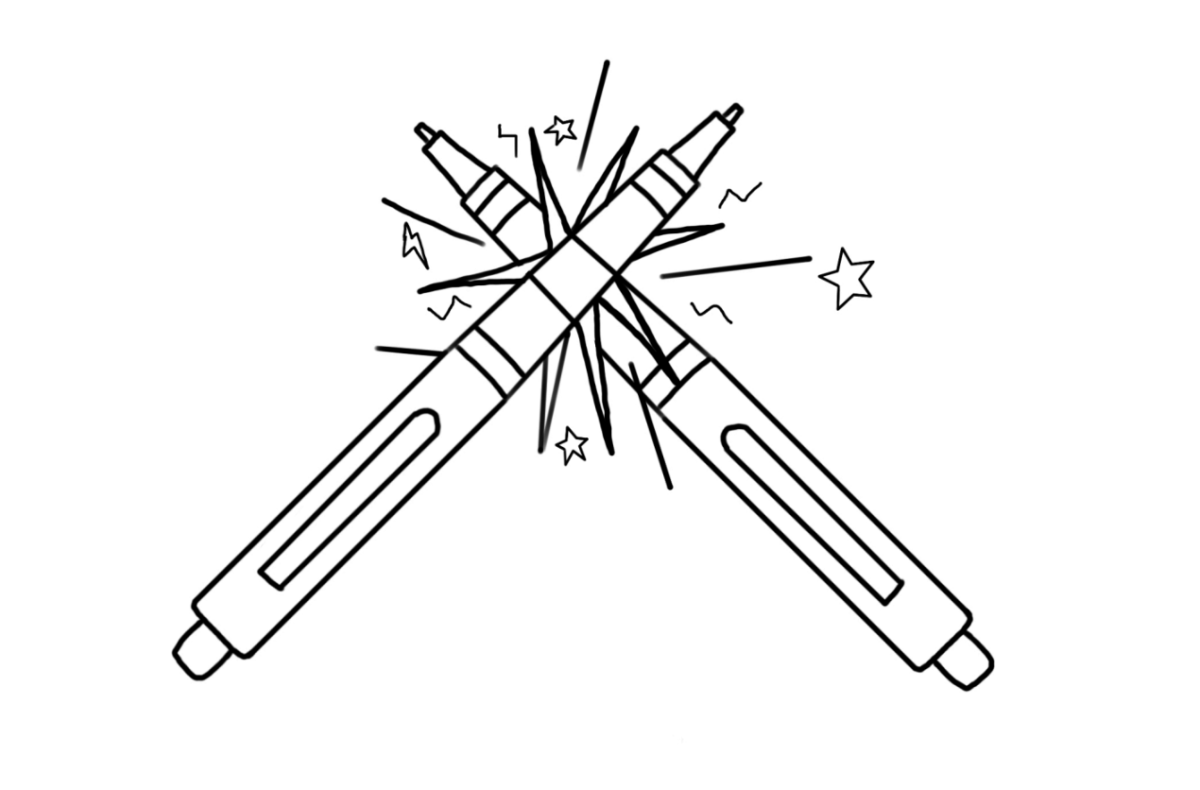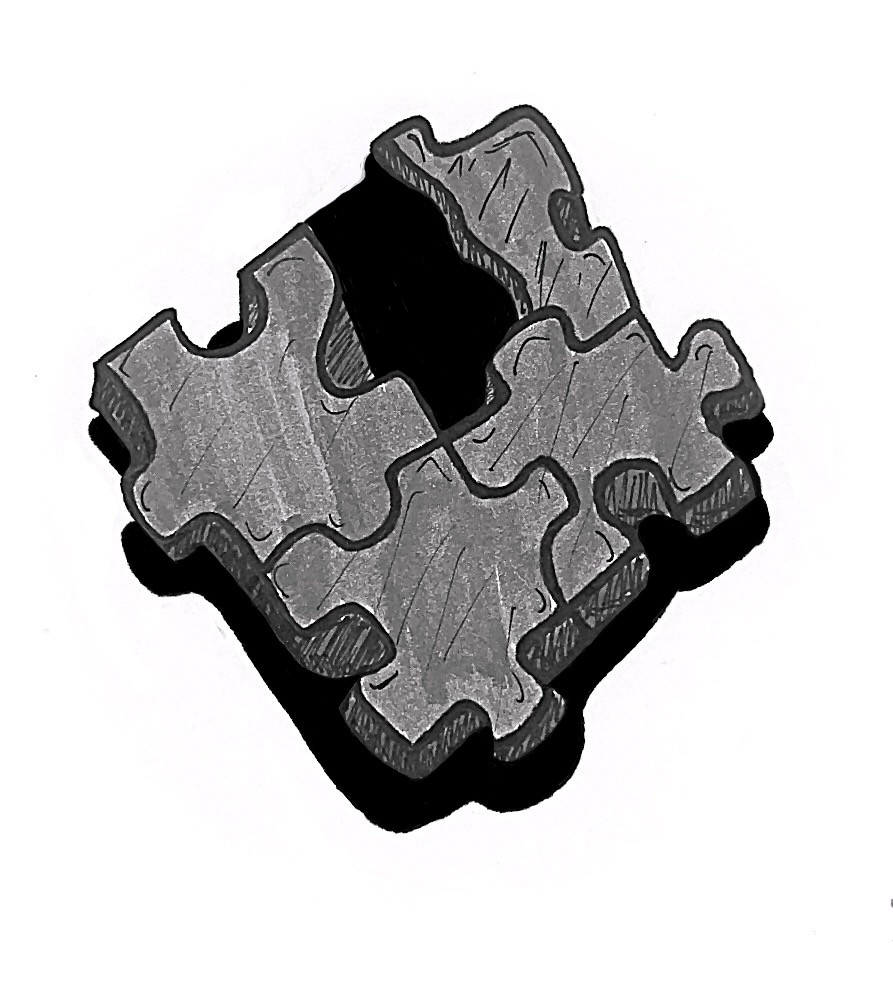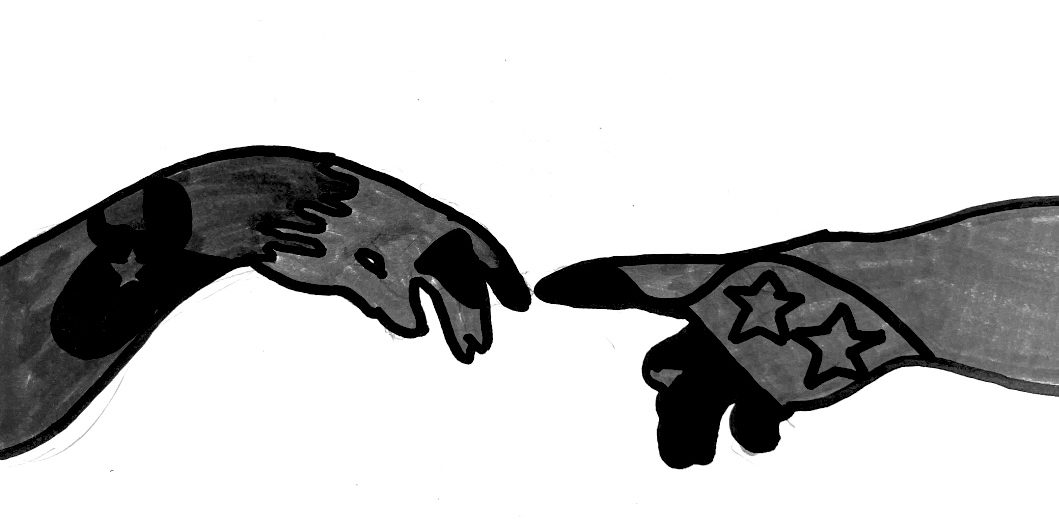In late December 2021, two more former Tamalpais Union High School District (TUHSD) students died from fentanyl poisoning — a Tamiscal graduate and a 2019 Archie Williams graduate. Their deaths are two more tragic reminders that the war against drugs isn’t solely an abstract reality, but also here in our own community. Let our community be the beginning of change, with new holistic approaches to drug education.
This starts with revising the quality and duration of TUHSD’s drug education. At Redwood, the current curriculum is restricted to a brief unit in the single-semester Social Issues class during freshman year. While students receive an introductory education on nicotine products, marijuana, drinking and other drugs, lessons are crammed into a three-week unit, not giving students enough time to digest these intense topics. With increased exposure to substances during upperclassman years, the district must continue drug education when students are more likely to experiment. Having more knowledge of the effects of drugs leads to more thoughtful decision-making. Rather than having teachers deliver monotonous presentations pulled from outdated textbooks, the drug education curriculum should include local guest speakers who have experiences and powerful anecdotes to share. In a recent Bark article about the fentanyl crisis at large, Michael Triolo, a 2006 graduate of San Rafael High School, explained how his battle with addiction led him to overdose on fentanyl five times. Having someone like Triolo speak to students would be a unique lesson they would remember, rather than a definition they will soon forget.
The curriculum taught over four years should be more comprehensive, with units building off each other to provide a holistic education of drugs. The new drug curriculum should be taught in required courses so all students are included. During freshman year, students should receive a general introduction to drugs, learning about the most prevalent kinds and how to recognize them. In sophomore English courses, implementing discussions and Socratic seminars about drug abuse using nonfiction novels would give students a better idea about the real effects of drugs. For instance, the novel “Tweak” by Nic Sheff is an accurate account of a Marin teen struggling with drug abuse and addiction. In junior year chemistry, students should learn about the physical effects that fentanyl and other drugs have on our brains. 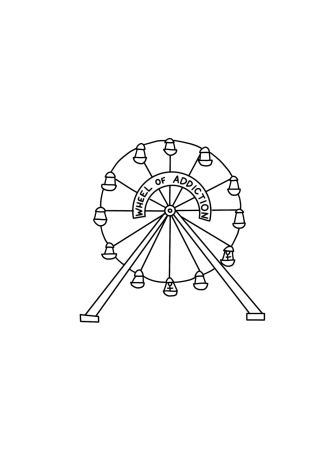
During junior and senior years, hosting local guest speakers can give students stories that resonate with them and hopefully deter them from experimenting with their lives in the balance. The TUHSD could bring in recovery coaches like Triolo and other community members who have been personally impacted like Michelle Leopold. Michelle lost her son Trevor Leopold in November 2019 due to fentanyl poisoning after he struggled with addiction throughout his time at Redwood. Also in the later years of high school, students should learn about Narcan, an overdose antidote, which is another effective mitigation measure. While there are current efforts to supply Narcan to all classrooms and train all staff on how to administer it effectively, schools should educate students too. Since students are most likely to encounter situations involving overdose, educating our youth will save lives. The tragedies in our community have been unpredictable and took place outside of the classroom, so it only makes sense to prepare students to be ready at any given moment.
Improved drug education is a great step, however, the district should invest in more drug safety equipment, in addition to Narcan, and resources to protect students who cannot be dissuaded from drug use. As Parker Leopold, Trevor Leopold’s brother, stated, “For my brother’s sake, it could have taken as [little] as a $2 Amazon test kit to save his life.” It would be negligent to believe that we can prevent 100 percent of drug use. Therefore, Redwood and other TUHSD schools should provide free drug testing kits that students could access anonymously. Some will argue that readily available drug testing kits will empower students to use more drugs because they know they have a safety net. However, research shows that these kits can positively impact drug use behavior. According to a 2018 study by the International Journal of Drug Policy, fentanyl test strips are positively correlated with improving drug usage behavior. Users who test their drugs consume less at a slower rate and throw contaminated batches out. Test kits don’t encourage use beyond what an individual was already planning to consume; they are just another measure to save lives.
Drugs are often used as forms of self-medication for mental health issues in teenagers, and this was the case with both Trevor Leopold and Alex Movahedi. As a high school where these losses have occurred, it’s disheartening that nearby middle schools, such as Del Mar, do a better job of providing their students with mental health resources by dedicating a whole week to wellness. Redwood should mirror their actions and introduce a mental health awareness week with guest speakers and other resources.
Additionally, the current program in the Wellness Center to connect students with long-term therapists needs more recognition. Therapists at Redwood are not licensed to diagnose mental illness or prescribe medication, so the district should better advertise their referral program to psychiatrists who can supply students with this kind of support. Finally, a major component of improving mental health resources is destigmatizing mental health issues. This can begin with more parent education on mental health, as parents are often scared of what medications or diagnoses can mean. Destigmatizing therapy and prescribed medications can save many kids by steering them away from the self-medication route. While peer-to-peer support, including Tobacco Use Prevention Education and Peer Resource, are important, we can not rely solely on peer education.
Drug abuse is increasingly problematic as 50 percent of teenagers have misused a drug at least once. This alarming number is a reflection of the issues with drug education inside and outside of our school district, and it cannot go overlooked. We need to take action now before drugs take the next life in our community.


